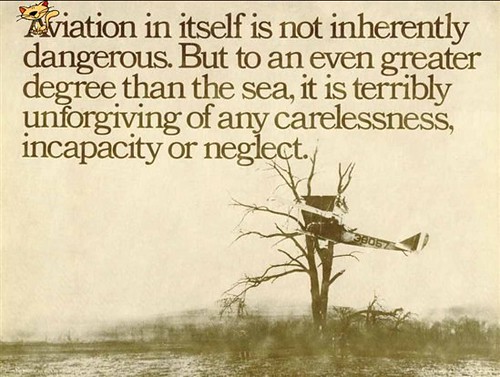Dan Thomas
Touchdown! Greaser!
- Joined
- Jun 16, 2008
- Messages
- 10,744
- Display Name
Display name:
Dan Thomas
So I've been looking at these CG envelopes. They always seem to be bounded by straight lines. Always. Are there any examples that are not? Any with curved lines (non linear)? So... then it would appear that assuming that the envelope continues linearly beyond the level of gross weight would be an excellent assumption.
You'd better sit down and think some on that. Those charts are graphing weight and moment. If a CG stays the same as weight increases, the moment will also increase and you get a straight line. The boundaries of the box are to allow for the CG range.
Basic math, that.
Making assumptions is a good way to get killed. Excellent assumptions provide excellent ways to get killed. While flying over gross might be legal with certain permissions, and maybe even a bit safe under some conditions, it's not for low-time pilots. There are far too many other factors that come into play, as many other people here have pointed out. Furthermore, making a habit of violating such things often leads to violating other rules, and sooner or later it's going to cost you big time. I've known of too many guys who took chances and paid with their lives, and some managed to kill their friends as well.
It's all about attitude. Aviation is terribly unforgiving of a bad attitude.
Dan





 Not every weight and balance is accurate, fuel gauges are notoriously inaccurate and almost every woman over the age of 12 will lie about her age and weight, most guys will just lie about their weight.
Not every weight and balance is accurate, fuel gauges are notoriously inaccurate and almost every woman over the age of 12 will lie about her age and weight, most guys will just lie about their weight. 




